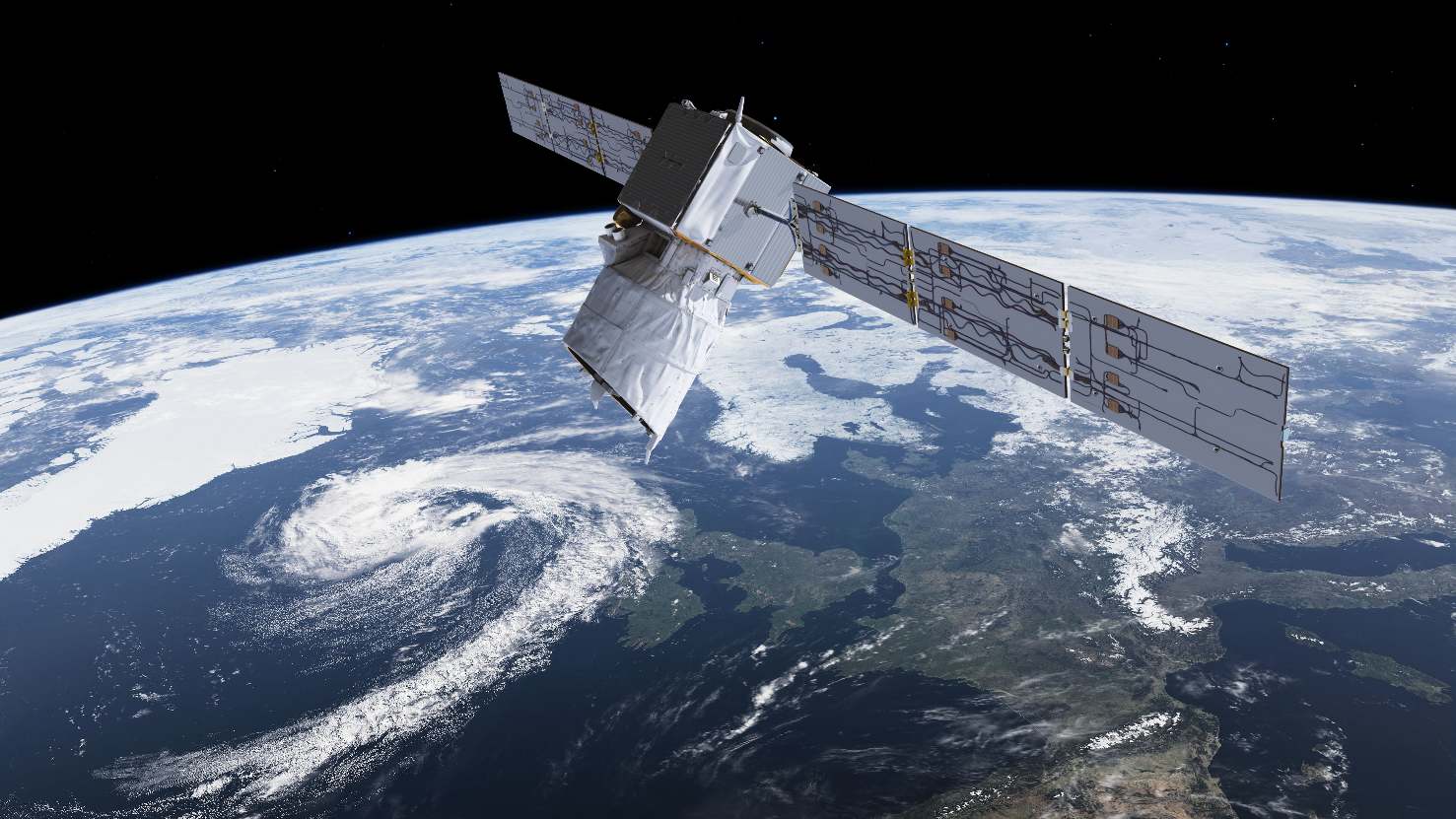ESA’s wind-sensing spacecraft Aeolus will be the first satellite capable of performing global wind-component-profile observation on a daily basis in near real-time.
Aeolus, the European Space Agency’s wind-sensing satellite, has left Liège in Belgium having finally completed an extensive thermal and functional performance test campaign under in-orbit conditions. It will now undergo final checks at InteSpace test centre in Toulouse, France, before being shipped to French Guiana in the summer ready for launch on a Vega launcher.
The 1.4t spacecraft, primed by Airbus, features a LIDAR (Light Detection And Ranging) instrument called Aladin, which uses the Doppler effect to determine the wind speed at varying altitudes. Problems encountered in development of the innovative instrument have delayed the satellite's launch by several years.
Aladin fires a powerful ultraviolet laser pulse down through the atmosphere and collects backscattered light, using a 1.5m diameter telescope, which is then analysed on-board to determine the Doppler shift of the signal from layers at different heights in the atmosphere.
Aeolus is designed to provide reliable wind-profile data on a global scale, which is needed by meteorologists to further improve the accuracy of weather forecasts and by climatologists to better understand the global dynamics of Earth’s atmosphere.
Aeolus, which will have a lifetime of three years, will orbit the Earth 15 times a day with data delivery to users within 120 minutes of the oldest measurement in each orbit. The orbit repeat cycle is 7 days (every 111 orbits) and the spacecraft will fly in a 320km orbit.
Aeolus is the fifth in the family of ESA’s Earth Explorer missions, which address key scientific challenges identified by the science community and demonstrate breakthrough technology in observing techniques.

